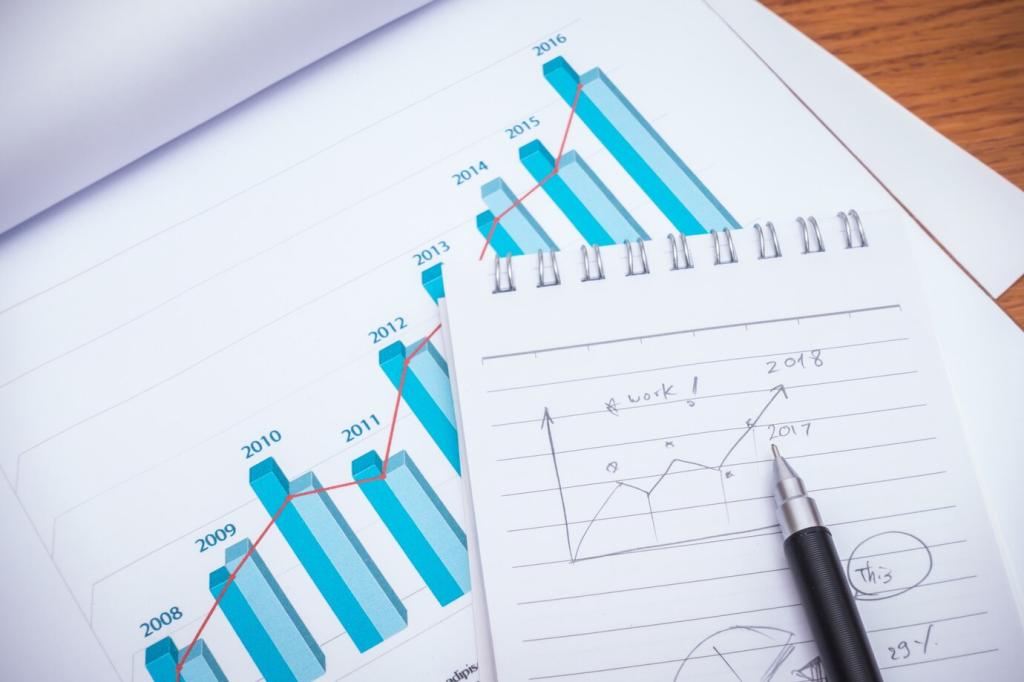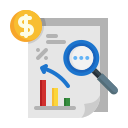Chosen theme: Historical Perspectives on Economic Growth and Data Analysis. Explore how societies learned to measure prosperity, what the numbers reveal about transformation and crisis, and how careful analysis turns dusty ledgers into living insight. Join the conversation, share your perspective, and subscribe for thoughtful journeys through time and data.

From Ledgers to GDP: Inventing How We Measure Economies
In 1934, Simon Kuznets presented national income estimates to the U.S. Congress and cautioned that GDP was not a measure of welfare. His careful methodology standardized production data, enabling cross-year comparisons and wartime planning, while also inspiring debates that continue to shape policy today.
From Ledgers to GDP: Inventing How We Measure Economies
Historians mine ship manifests, guild rolls, and tax registers to reconstruct production and prices. These sources miss the informal economy and many women’s contributions, yet creative cross-checking with probate inventories and court records helps fill gaps, revealing richer pictures of living standards over centuries.

Comparing Nations Fairly: PPP, Prices, and the Penn World Table
Nominal conversions exaggerate gaps where non-tradables are cheap. PPP-based comparisons, pioneered through the International Comparison Program and the Penn World Table, reprice baskets across countries, yielding more realistic snapshots of consumption possibilities and welfare, particularly for lower-income economies with inexpensive services.
Comparing Nations Fairly: PPP, Prices, and the Penn World Table
Price baskets reflect culture and availability. A fair comparison of diets must weigh staple grains, not just wine and cheese. Historical analysts test alternative baskets to check robustness, revealing how sensitive growth rankings can be to the goods selected and the years chosen for price benchmarks.
Comparing Nations Fairly: PPP, Prices, and the Penn World Table
Have you noticed how haircuts, rent, or street food prices reshape your budget abroad? Share a quick anecdote below. Your story mirrors the core intuition of PPP: where services are cheap, daily life can feel richer than exchange-rate comparisons suggest. Subscribe for more practical insights.
Growth Accounting and the Solow Insight
Capital Deepening vs. the Residual
Solow’s framework attributes part of growth to more machines per worker and part to a mysterious residual—total factor productivity. Historical data reveal periods where technology and better organization outweighed mere investment, challenging the view that savings alone can drive sustained prosperity.
Human Capital’s Long Shadow
Literacy, schooling, and health quietly transform productivity. Records of school enrollment, height-from-conscription data, and wage premia show how cohorts with better education and nutrition generate compounding benefits. Share your thoughts on which investments—early childhood, vocational training, or research—produce the strongest long-run payoff.
Institutions, Incentives, and Credibility
Land rights, predictable courts, and stable taxation shape investment decisions. Archival tax ledgers and bond yields reveal how credible states lower capital costs. The data suggest that technology adoption flourishes where rules are clear, corruption is contained, and entrepreneurs trust that tomorrow’s profits will be theirs.
Crises, Recoveries, and the Lessons in the Time Series
Industrial production collapsed, trade shrank, and unemployment soared. Yet recovery differed across countries, with monetary regimes, fiscal responses, and banking health playing notable roles. Historical series challenge simplistic explanations and encourage blended policy toolkits when downturns demand swift, credible action.


Crises, Recoveries, and the Lessons in the Time Series
Energy prices spiked, inflation expectations unmoored, and productivity growth slowed. Sectoral data show energy-intensive industries suffered most. The episode highlights why credible monetary policy and energy diversification matter—and why retooling factories and skills can take painful, nontrivial time to bear fruit.

This is the heading
Lorem ipsum dolor sit amet, consectetur adipiscing elit. Ut elit tellus, luctus nec ullamcorper mattis, pulvinar dapibus leo.

This is the heading
Lorem ipsum dolor sit amet, consectetur adipiscing elit. Ut elit tellus, luctus nec ullamcorper mattis, pulvinar dapibus leo.
Methods Evolve: From Cliometrics to Today’s Data Science
Cliometrics and Causal Questions
Pioneers merged economic theory with meticulous records, using natural experiments and instrumental variables to test claims about slavery, railroads, or tariffs. Their work showed that careful identification strategies can turn historical debates into measurable, falsifiable propositions grounded in data rather than rhetoric.
Digitization, Text Mining, and New Windows
Digitized newspapers, patents, and parliamentary debates let researchers track innovation, sentiment, and policy shifts over centuries. Topic models and named-entity recognition complement traditional series, giving us richer, more triangulated views of how ideas spread and how institutions adapt under pressure.
Join the Inquiry: Data You Want Explored
Which historical series—wages, prices, migration, or education—should we unpack next? Drop a comment with your curiosity and subscribe. Your questions steer our upcoming analyses, helping us turn archival fragments into narratives that inform smarter choices in the present and future.
